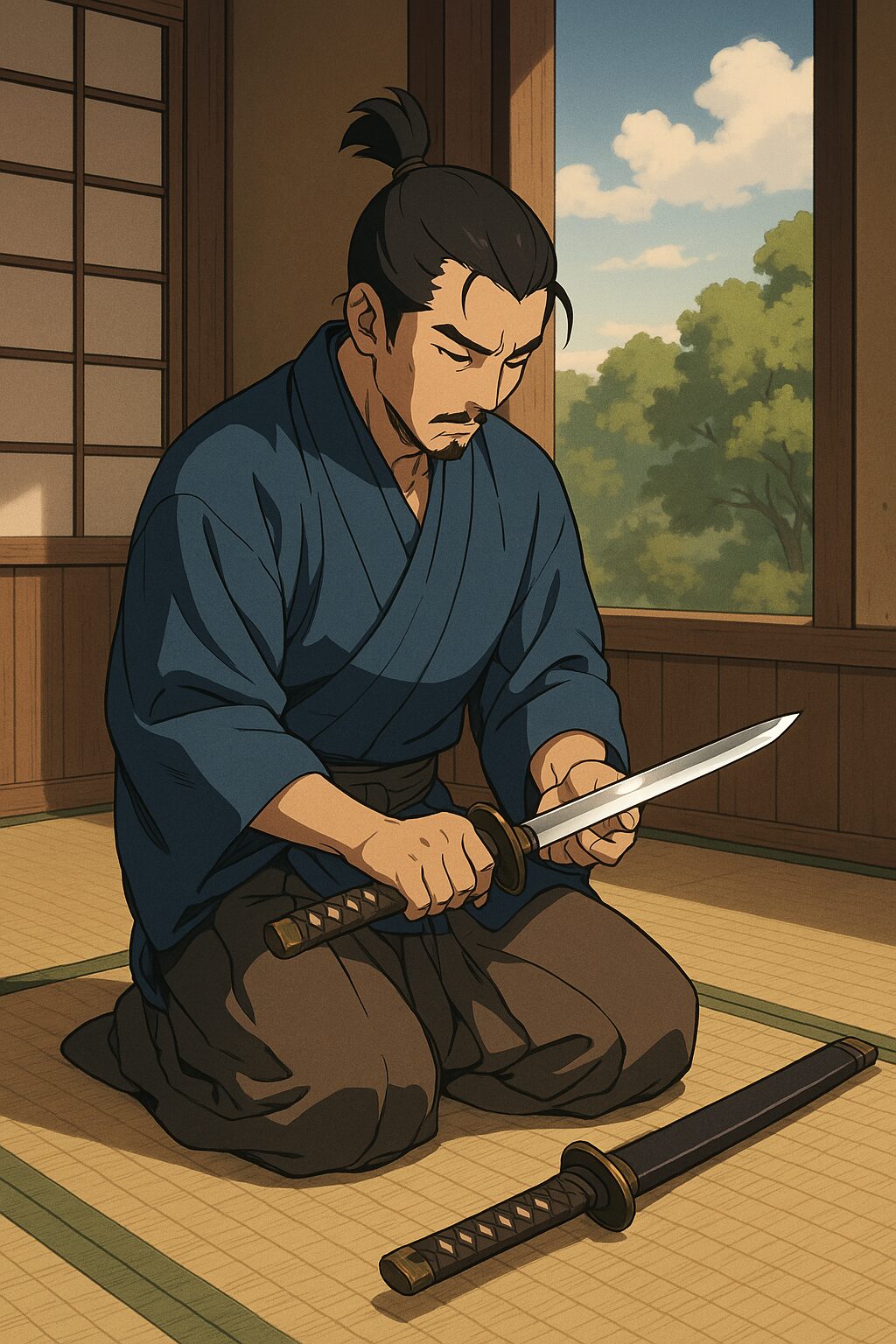- 🧭 Introduction: Life as a Cultural Compass
- ⚔️ Chapter 1: Sengoku Era—Life as a Tool for Victory
- 🐾 Chapter 2: Edo Era—Compassion and the Value of All Life
- 🗡️ Chapter 3: The Sword and Wakizashi—Symbols of Life and Responsibility
- 🌿 Chapter 4: Religious Roots of Life Respect
- 🐾 Chapter 5: Modern Reflections of Ancient Values
- 📊 Timeline of Life Philosophy in Japan
- 🧠 Conclusion: Life as a Mirror of Responsibility
🧭 Introduction: Life as a Cultural Compass
In Japanese culture, the value of life is not merely a moral concept—it’s a deeply embedded philosophy shaped by centuries of war, peace, religion, and ethics. From the battlefield honor of the Sengoku period to the compassionate laws of the Edo era, Japan’s view of life has evolved into a unique cultural identity.
This article explores how Japanese people have historically understood the value of life, focusing on the warrior code of Bushidō, the symbolic role of swords, and Tokugawa Tsunayoshi’s radical animal protection laws.
⚔️ Chapter 1: Sengoku Era—Life as a Tool for Victory
🏯 Death as Honor
During Japan’s Warring States period (15th–17th century), life was often seen as expendable in pursuit of victory and loyalty.
- Asakura Sōteki famously said: “A warrior is like a dog or a beast. Victory is all that matters.”
- Samurai were expected to die in battle or commit seppuku (ritual suicide) to preserve honor.
- Loyalty to one’s lord included acts of junshi (following one’s master in death).
🧘 Buddhist Influence on Death Preparation
- Samurai practiced rinjū gyōgi (death rituals) to prepare for a peaceful afterlife.
- Acts of charity, sutra copying, and bridge-building were considered ways to earn karmic merit.
🪓 Seppuku: The Completion of Life
- Seppuku was not suicide—it was a moral and aesthetic act.
- Examples include:
- Shimizu Muneharu, who performed seppuku on a boat to end a siege.
- Sanada Yukimura, who charged Tokugawa’s camp and offered his head as a trophy.
- Matsunaga Hisahide, who destroyed his prized tea kettle and died by explosion rather than surrender.
🐾 Chapter 2: Edo Era—Compassion and the Value of All Life
📜 Tokugawa Tsunayoshi’s “Edicts of Compassion”
Known as the “Dog Shogun,” Tsunayoshi (1646–1709) issued a series of laws from 1685 onward that protected all living beings.
- Killing dogs, cats, birds, fish—even mosquitoes—was forbidden.
- Massive dog shelters were built in Nakano, housing up to 50,000 dogs.
- Abandoning sick people or animals was punishable by law.
- The laws extended to humans: abandoning infants or the elderly was strictly prohibited.
⚖️ Controversy and Legacy
- The laws were mocked as excessive and even tyrannical.
- Yet they marked a philosophical shift: from glorifying death to preserving life.
- After Tsunayoshi’s death, many laws were repealed, but the ban on child abandonment remained.
🗡️ Chapter 3: The Sword and Wakizashi—Symbols of Life and Responsibility
⚔️ The Meaning of the Two Blades
Samurai wore two swords: the katana (long sword) and the wakizashi (short sword).
| Sword | Length | Purpose |
|---|---|---|
| Katana | ~60cm+ | Justice, combat, protection |
| Wakizashi | ~30–60cm | Indoor defense, ritual suicide, moral accountability |
🧭 The Sword as Protector
- The katana was used to defend the innocent and punish evil.
- But even “evil” people had families, histories, and humanity.
- Taking a life meant accepting the burden of that act.
🧷 Wakizashi: The Blade of Responsibility
- After executing justice, a samurai might use the wakizashi to offer his own life in return.
- This was not weakness—it was the ultimate form of accountability.
- Bushidō teaches that taking life requires the readiness to give one’s own.
🌿 Chapter 4: Religious Roots of Life Respect
🧘 Buddhism
- Ahimsa (non-violence) is a core tenet.
- Killing is karmically damaging, even in self-defense.
⛩️ Shinto
- Nature and life are sacred; gods reside in all living things.
- Seasonal festivals honor the cycles of life.
📚 Confucianism
- The virtue of jin (benevolence) promotes compassion toward all beings.
- Tsunayoshi’s laws were heavily influenced by Confucian ethics.
🐾 Chapter 5: Modern Reflections of Ancient Values
🐶 Animal Welfare
- Japan’s “zero kill” movement aims to eliminate pet euthanasia.
- Municipal shelters now promote adoption and humane treatment.
🧒 Life Education
- Schools teach inochi no kyōiku (life education) to instill empathy and respect.
- Disaster protocols include pet evacuation plans.
📊 Timeline of Life Philosophy in Japan
| Era | Life Philosophy | Examples |
|---|---|---|
| Sengoku | Life as sacrifice | Seppuku, battlefield death |
| Edo | Life as sacred | Edicts of Compassion, wakizashi ethics |
| Meiji | Legal equality | Penal codes protecting life |
| Modern | Life as shared value | Animal rights, education, disaster ethics |
🧠 Conclusion: Life as a Mirror of Responsibility
From the battlefield to the courtroom, from sword to shelter, Japan’s cultural journey reveals a profound truth: life is not just to be lived—it is to be honored.
Whether through



コメント